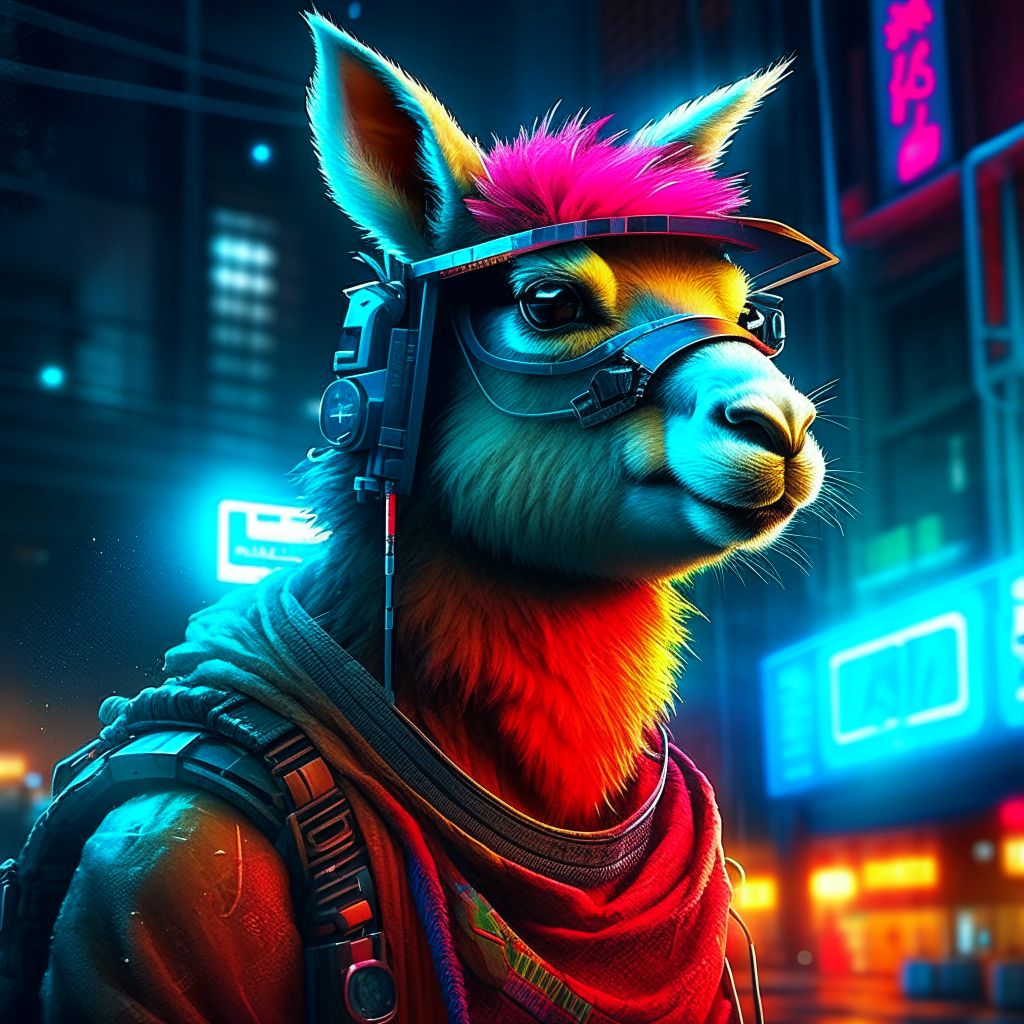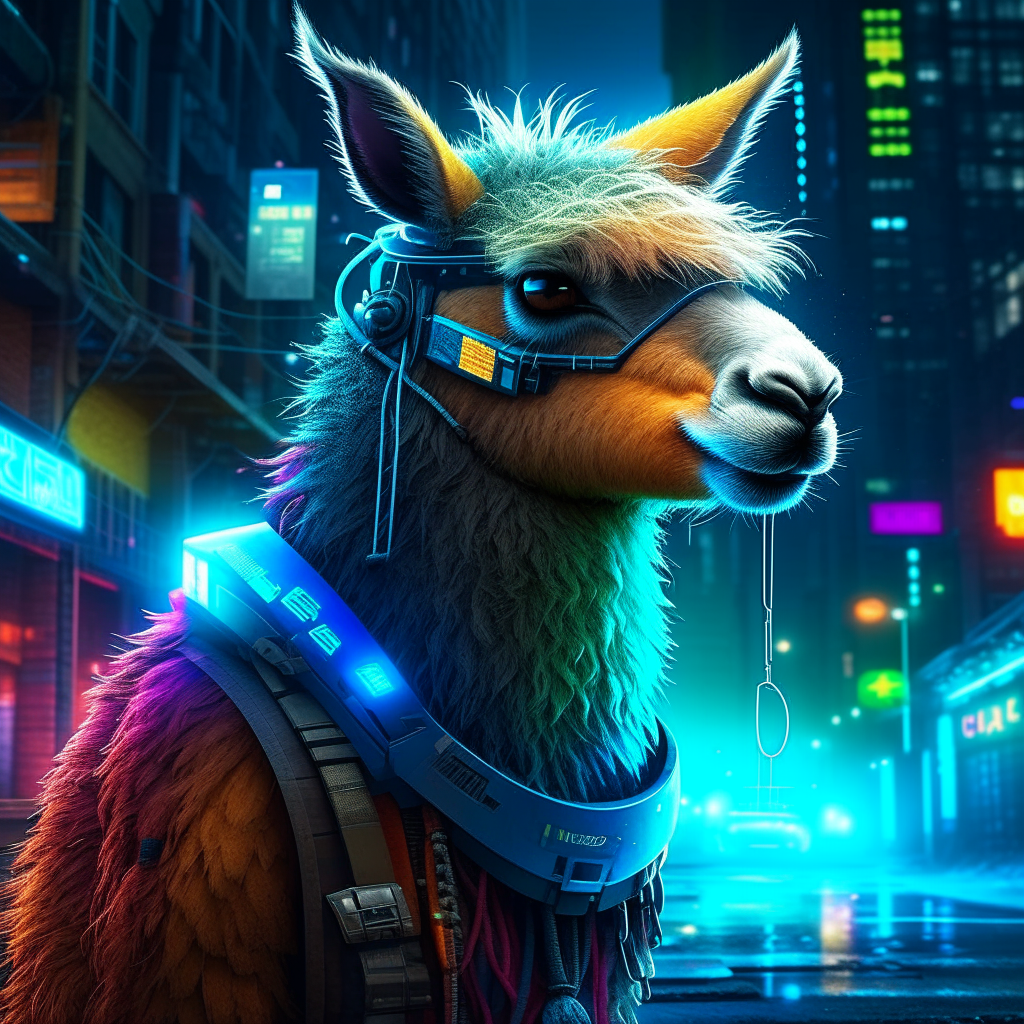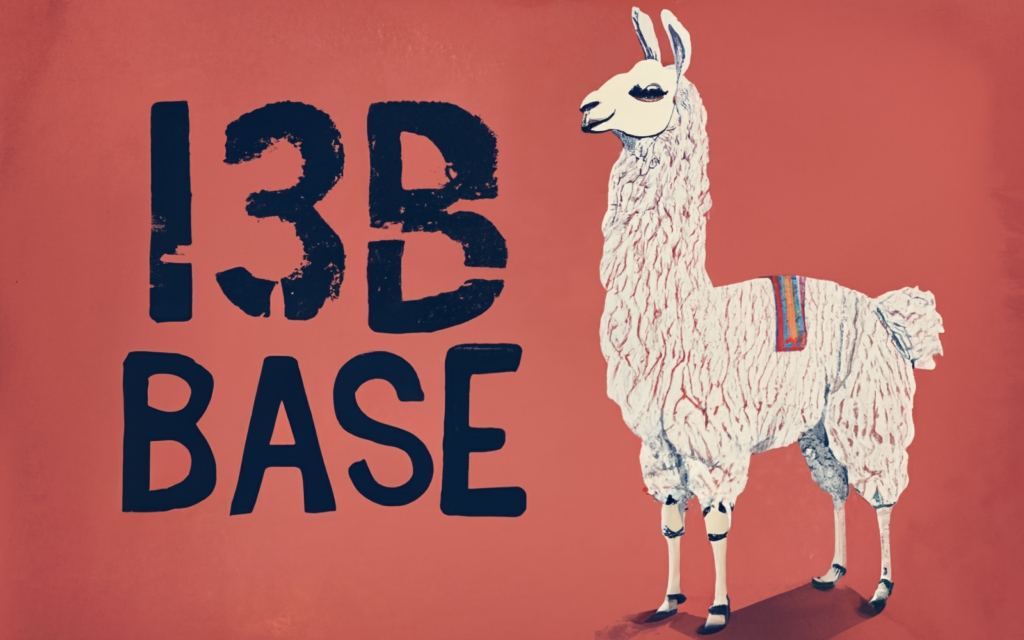llama-2-13b-chat
Maintainer: lucataco

18

| Property | Value |
|---|---|
| Model Link | View on Replicate |
| API Spec | View on Replicate |
| Github Link | View on Github |
| Paper Link | View on Arxiv |
Create account to get full access
Model overview
The llama-2-13b-chat is a 13 billion parameter language model developed by Meta, fine-tuned for chat completions. It is part of the Llama 2 series of language models, which also includes the base Llama 2 13B model, the Llama 2 7B model, and the Llama 2 7B chat model. The llama-2-13b-chat model is designed to provide more natural and contextual responses in conversational settings compared to the base Llama 2 13B model.
Model inputs and outputs
The llama-2-13b-chat model takes a prompt as input and generates text in response. The input prompt can be customized with various parameters such as temperature, top-p, and repetition penalty to adjust the randomness and coherence of the generated text.
Inputs
- Prompt: The text prompt to be used as input for the model.
- System Prompt: A prompt that helps guide the system's behavior, encouraging it to be helpful, respectful, and honest.
- Max New Tokens: The maximum number of new tokens to be generated in response to the input prompt.
- Temperature: A value between 0 and 5 that controls the randomness of the output, with higher values resulting in more diverse and unpredictable text.
- Top P: A value between 0.01 and 1 that determines the percentage of the most likely tokens to be considered during the generation process, with lower values resulting in more conservative and predictable text.
- Repetition Penalty: A value between 0 and 5 that penalizes the model for repeating the same words, with values greater than 1 discouraging repetition.
Outputs
- Output: The text generated by the model in response to the input prompt.
Capabilities
The llama-2-13b-chat model is capable of generating coherent and contextual responses to a wide range of prompts, including questions, statements, and open-ended queries. It can be used for tasks such as chatbots, text generation, and language modeling.
What can I use it for?
The llama-2-13b-chat model can be used for a variety of applications, such as building conversational AI assistants, generating creative writing, or providing knowledgeable responses to user queries. By leveraging its fine-tuning for chat completions, the model can be particularly useful in scenarios where natural and engaging dialogue is required, such as customer service, education, or entertainment.
Things to try
One interesting aspect of the llama-2-13b-chat model is its ability to provide informative and nuanced responses to open-ended prompts. For example, you could try asking the model to explain a complex topic, such as the current state of artificial intelligence research, and observe how it breaks down the topic in a clear and coherent manner. Alternatively, you could experiment with different temperature and top-p settings to see how they affect the creativity and diversity of the generated text.
This summary was produced with help from an AI and may contain inaccuracies - check out the links to read the original source documents!
Related Models

llama-2-7b-chat

20
The llama-2-7b-chat is a version of Meta's Llama 2 language model with 7 billion parameters, fine-tuned specifically for chat completions. It is part of a family of Llama 2 models created by Meta, including the base Llama 2 7B model, the Llama 2 13B model, and the Llama 2 13B chat model. These models demonstrate Meta's continued advancement in large language models. Model inputs and outputs The llama-2-7b-chat model takes several input parameters to govern the text generation process: Inputs Prompt**: The initial text that the model will use to generate additional content. System Prompt**: A prompt that helps guide the system's behavior, instructing it to be helpful, respectful, honest, and avoid harmful content. Max New Tokens**: The maximum number of new tokens the model will generate. Temperature**: Controls the randomness of the output, with higher values resulting in more varied and creative text. Top P**: Specifies the percentage of the most likely tokens to consider during sampling, allowing the model to focus on the most relevant options. Repetition Penalty**: Adjusts the likelihood of the model repeating words or phrases, encouraging more diverse output. Outputs Output Text**: The text generated by the model based on the provided input parameters. Capabilities The llama-2-7b-chat model is capable of generating human-like text responses to a wide range of prompts. Its fine-tuning on chat data allows it to engage in more natural and contextual conversations compared to the base Llama 2 7B model. The model can be used for tasks such as question answering, task completion, and open-ended dialogue. What can I use it for? The llama-2-7b-chat model can be used in a variety of applications that require natural language generation, such as chatbots, virtual assistants, and content creation tools. Its strong performance on chat-related tasks makes it well-suited for building conversational AI systems that can engage in more realistic and meaningful dialogues. Additionally, the model's smaller size compared to the 13B version may make it more accessible for certain use cases or deployment environments. Things to try One interesting aspect of the llama-2-7b-chat model is its ability to adapt its tone and style based on the provided system prompt. By adjusting the system prompt, you can potentially guide the model to generate responses that are more formal, casual, empathetic, or even playful. Experimenting with different system prompts can reveal the model's versatility and help uncover new use cases.
Updated Invalid Date

llama-2-13b-chat

4.4K
llama-2-13b-chat is a 13 billion parameter language model from Meta, fine-tuned for chat completions. It is part of the larger LLaMA family of models developed by Meta. Similar models in the LLaMA lineup include the llama-2-7b-chat, a 7 billion parameter chat-focused model, and the larger llama-2-70b with 70 billion parameters. Model inputs and outputs llama-2-13b-chat takes in a text prompt and generates a response. The model is optimized for conversational interactions, so the prompts and outputs tend to be more natural language oriented compared to some other large language models. Inputs Prompt**: The text prompt to be completed by the model. System Prompt**: An optional system prompt that helps guide the model's behavior. Parameters**: Various decoding parameters like temperature, top-k, and top-p that control the randomness and quality of the generated text. Outputs Generated Text**: The text generated by the model in response to the input prompt. Capabilities llama-2-13b-chat can engage in open-ended dialogue, answer questions, and generate human-like text on a variety of topics. It performs well on tasks like summarization, translation, and creative writing. The model's conversational abilities make it well-suited for chatbot and virtual assistant applications. What can I use it for? With its strong language understanding and generation capabilities, llama-2-13b-chat can be used for a wide range of applications, from customer service chatbots to creative writing assistants. Companies could potentially integrate the model into their products and services to enhance user experiences through more natural and engaging interactions. Things to try Try providing the model with prompts that encourage it to take on different personas or perspectives. See how its responses change when you give it a specific goal or task to accomplish. Experiment with various decoding parameters to find the right balance of creativity and coherence for your use case.
Updated Invalid Date

llama-2-13b

186
The llama-2-13b is a base version of the Llama 2 language model from Meta, containing 13 billion parameters. It is part of a family of Llama models that also includes the llama-2-7b, llama-2-70b, and llama-2-13b-chat models, each with different parameter sizes and specializations. Model inputs and outputs The llama-2-13b model takes in a text prompt as input and generates new text in response. The model can be used for a variety of natural language tasks, such as text generation, question answering, and language translation. Inputs Prompt**: The text prompt that the model will use to generate new text. Outputs Generated Text**: The text generated by the model in response to the input prompt. Capabilities The llama-2-13b model is capable of generating coherent and contextually relevant text on a wide range of topics. It can be used for tasks like creative writing, summarization, and even code generation. However, like other language models, it may sometimes produce biased or factually incorrect outputs. What can I use it for? The llama-2-13b model could be used in a variety of applications, such as chatbots, content creation tools, or language learning applications. Its versatility and strong performance make it a useful tool for developers and researchers working on natural language processing projects. Things to try Some interesting things to try with the llama-2-13b model include: Experimenting with different prompts and prompt engineering techniques to see how the model responds. Evaluating the model's performance on specific tasks, such as summarization or question answering, to understand its strengths and limitations. Exploring the model's ability to generate coherent and creative text across a range of genres and topics.
Updated Invalid Date

llama-2-7b-chat

8.2K
llama-2-7b-chat is a 7 billion parameter language model from Meta, fine-tuned for chat completions. It is part of the LLaMA language model family, which also includes the meta-llama-3-70b-instruct, meta-llama-3-8b-instruct, llama-2-7b, codellama-7b, and codellama-70b-instruct models. These models are developed and maintained by Meta. Model inputs and outputs llama-2-7b-chat takes in a prompt as input and generates text in response. The model is designed to engage in open-ended dialogue and chat, building on the prompt to produce coherent and contextually relevant outputs. Inputs Prompt**: The initial text provided to the model to start the conversation. System Prompt**: An optional prompt that sets the overall tone and persona for the model's responses. Max New Tokens**: The maximum number of new tokens the model will generate in response. Min New Tokens**: The minimum number of new tokens the model will generate in response. Temperature**: A parameter that controls the randomness of the model's outputs, with higher temperatures leading to more diverse and exploratory responses. Top K**: The number of most likely tokens the model will consider when generating text. Top P**: The percentage of most likely tokens the model will consider when generating text. Repetition Penalty**: A parameter that controls how repetitive the model's outputs can be. Outputs Generated Text**: The model's response to the input prompt, which can be used to continue the conversation or provide information. Capabilities llama-2-7b-chat is designed to engage in open-ended dialogue and chat, drawing on its broad language understanding capabilities to produce coherent and contextually relevant responses. It can be used for tasks such as customer service, creative writing, task planning, and general conversation. What can I use it for? llama-2-7b-chat can be used for a variety of applications that require natural language processing and generation, such as: Customer service**: The model can be used to automate customer support and answer common questions. Content generation**: The model can be used to generate text for blog posts, social media updates, and other creative writing tasks. Task planning**: The model can be used to assist with task planning and decision-making. General conversation**: The model can be used to engage in open-ended conversation on a wide range of topics. Things to try When using llama-2-7b-chat, you can experiment with different prompts and parameters to see how the model responds. Try providing the model with prompts that require reasoning, creativity, or task-oriented outputs, and observe how the model adapts its language and tone to the specific context. Additionally, you can adjust the temperature and top-k/top-p parameters to see how they affect the diversity and creativity of the model's responses.
Updated Invalid Date